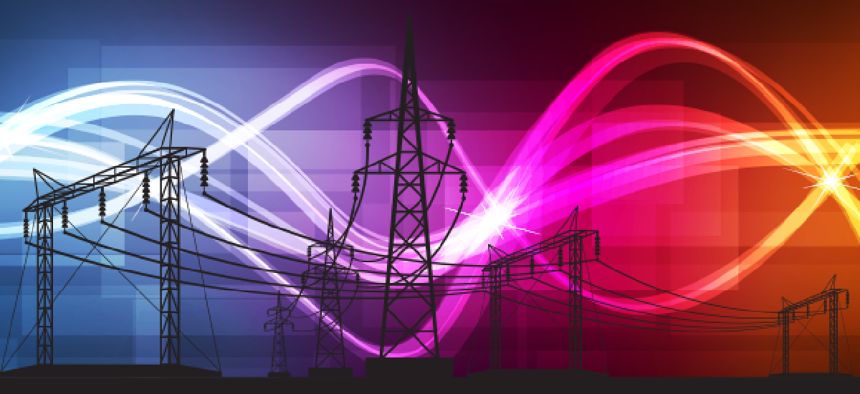Can quantum key distribution secure the grid?

Two national labs are investigating how quantum computing can help secure and sync communication among the nation’s electricity suppliers.
Researchers from Oak Ridge and Los Alamos National Laboratories are working with EPB, a Chattanooga, Tenn.-based utility and telecommunications company, to see if quantum key distribution (QKD) can secure and sync communication among the nation’s electricity suppliers.
Currently, energy grid communications are unencrypted or, at best, using public-key infrastructure, making the networks vulnerable to man-in-the-middle attacks, according to a December 2018 Los Alamos presentation.
As the electric grid is modernized and more data is moved online, secure communications among utilities is paramount.
QKD allows two parties to share a quantum-generated, random encryption key and alerts both parties to any third-party intrusion. The quantum-based key is sent along a fiber-optic network, but is "refreshed" every 80 to 100 km at a trusted node, or secure information exchange, before it degrades. A second quantum key is then generated, which protects the key for the next leg of the journey. The weak point in the scheme is at the trusted node when the message must be unencrypted and re-encrypted with another key before it continues to its destination.
For the QKD demonstration, Oak Ridge and Los Alamos researchers generated separate keys using different methods that, when interfaced at a trusted node, generated a third key, which was then distributed between the Los Alamos and Oak Ridge systems. The test showed that disparate QKD systems can be interoperable, which is critical because regional utilities use a mix of components and have fluctuating upgrade schedules, Oak Ridge senior scientist Nick Peters said. "Ensuring that different utilities can operate in sync across the grid is critical to realizing the potential of QKD on a national scale," National Lab officials said.
The researchers will next work on overcoming QKD’s distance limitations, with EPB’s electrical substations functioning as trusted nodes where keys can be relayed.
The demonstration took place at EPB, which runs a fiber-optic network that supports the utility's smart grid electrical distribution infrastructure. EPB and Oak Ridge partnered on Chattanooga's municipal-owned fiber-optic broadband service, which started as an effort to build a smart grid that could reroute power during outages and also carry high-speed internet traffic. The partners have also been collecting real-time sensor data that will allow the grid to see fluctuations immediately and can balance the electrical load in response.






